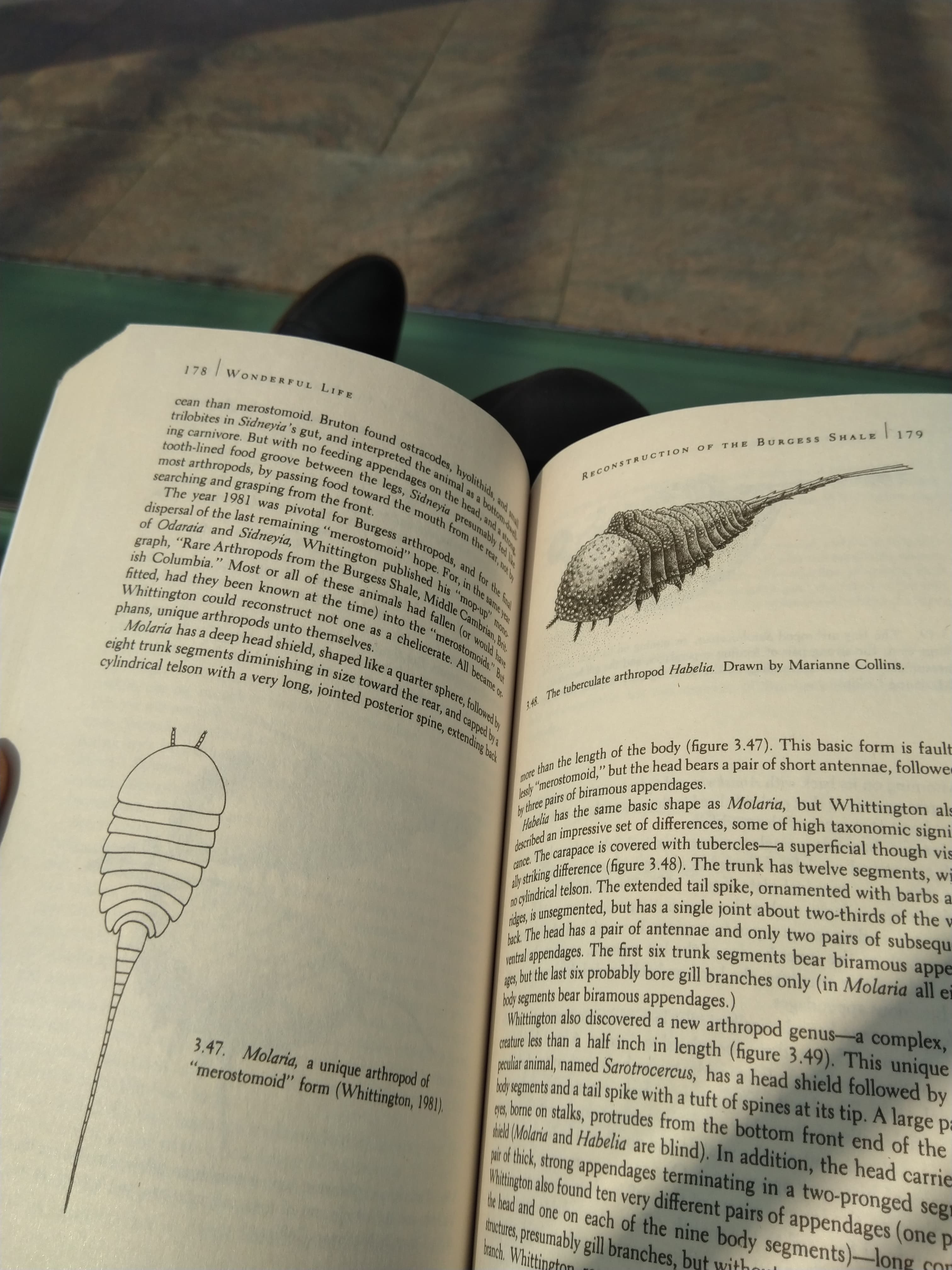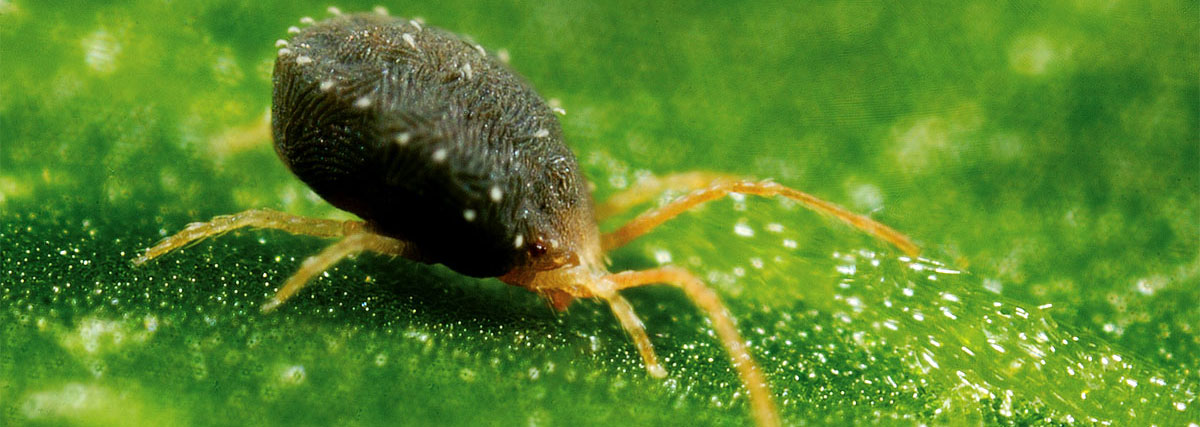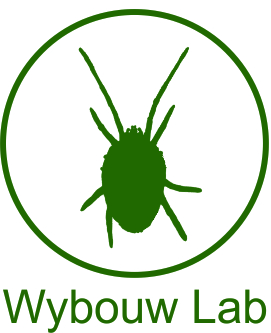Today, Proceedings of the Royal Society B published our work on the genetic basis of keto-carotenoid-based coloration in spider mites. By focusing on a lemon-colored mutant of the spider mite T. kanzawai and combining a number of genomic techniques, we were able to identify CYP384A1, a cytochrome P450 monooxygenase, as the carotenoid ketolase gene, responsible for the synthesis of red colored keto-carotenoids in spider mites. Please click HERE for further reading. We also feel very honored that the journal decided to adorn the cover of this issue with our lemon pigment mutant. Note the absence of the red eyespots and bright red body coloration.
Also, I am about to finish Wonderful Life by S.J. Gould, which focuses on the bizarre and enigmatic Burgess Shale fauna. This excellent book outlines the fascinating initial discovery and later re-interpretation of the disparate animals that inhabited the shallow seas over 500 Ma, shortly after the Cambrian explosion.


